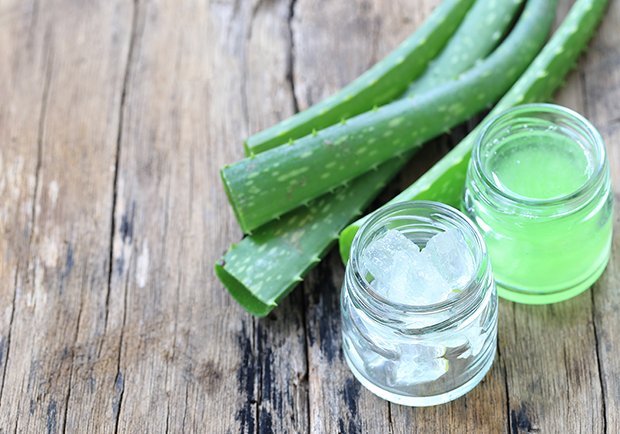Coriander
Planting, Growing, and Harvesting Cilantro and Coriander
Cilantro is a fast-growing, aromatic, annual herb that grows best in the cooler weather of spring and fall. Here’s how to grow cilantro (and coriander) in your garden.
This herb is used to flavour many recipes, and the entire plant is edible, though the leaves and seeds are used most often.
Cilantro vs. Coriander
Cilantro and coriander are different parts of the same plant.
Cilantro, Coriandrum sativum, usually refers to the plant’s leaves used as a herb, and this describes the vegetative stage of the plant’s life cycle.
Coriander refers to the seeds, typically ground and used as a spice. This happens after the plant flowers and develops seeds.
PLANTING

- Plant cilantro in the spring after the last frost date or fall. In the Southwestern US, a fall planting may last through spring until the weather heats up again.
- Do not grow in the summer heat as the plants will bolt (such that it will be past harvesting). The leaves that grow on bolted plants tend to be bitter in flavour.
- It is best to choose a sunny site that will allow cilantro to self-seed as it should—plant in a herb garden or the corner of a vegetable garden. When the weather gets warm, the plant will quickly finish its life cycle and send up a long stalk to produce blossoms and later seeds. Little plants will sprout during the season and the next spring.
- Plant the seeds in light, well-drained soil and space them 1 to 2 inches apart. Sow the seeds at 3-week intervals for continued harvest.
- Space rows about 12 inches apart.
- Keeping the seeds moist during their germination is important, so remember to water the plants regularly.
GROWING
- Water the seedlings regularly throughout the growing season. They require about 1 inch of water per week for best growth.
- Thin seedlings to 6 inches apart to have room to develop healthy leaves.
- Once the plants are established, they do not need as much water per week. Keep them moist, but be careful not to overwater them.
- Fertilize once or twice during the growing season with nitrogen fertilizer. Apply 1/4 cup of fertilizer per 25 feet of row. Be sure not to over-fertilize the plants.
- To help prevent weeds, mulch around the plants as soon as visible above the soil. You can also till shallowly to help prevent root damage from weeds.
PESTS/DISEASES
- Fungal wilt
- Leafhoppers
- Aphids
- Mildew
To control insects, use insecticidal soap once they are spotted under leaves.
Clean up debris and spent plants to avoid wilt and mildew.
A common problem with cilantro is its fast-growing cycle. As mentioned above, it will not grow properly in the heat of summer. Grow so that you harvest in spring, fall, or winter (in mild climates).

RECOMMENDED VARIETIES
- Slow-bolting varieties, such as ‘Costa Rica’, ‘Leisure’, and ‘Long Standing’, are the best choices for harvesting the leaves.
HARVESTING
- Harvest while it is low. When the cilantro grows its stalk, cut off the plant after the seeds drop and let it self-seed.
- The large leaves can be cut individually from the plants. Cut them off 1-1/2 to 2 inches above the crown for the smaller leaves.
- You can also remove the entire plant at once; however, you will not be able to continue harvesting for the rest of the growing season.
- To store coriander seeds, cut off the seed heads when the plant begins to turn brown and put them in a paper bag. Hang the bag until the plant dries and the seeds fall off. You can then store the seeds in sealed containers.
- To store cilantro leaves, you can either freeze or dry them. To freeze, put the leaves in a resealable freezer bag and store them in your freezer. To dry them, hang the plant in a warm place until fully dried, then store the leaves in a resealable bag or container.
WIT AND WISDOM
- Coriander is thought to symbolize hidden worth. Explore more plant meanings here.
- Does cilantro taste like soap? Folks occasionally report a strong dislike for cilantro, claiming it tastes exactly like soap. Some studies show that this reaction may be influenced by genetics. In contrast, others propose that the taste is due to a molecule called aldehyde, which occurs naturally in cilantro, but is also used in some soaps. Does cilantro taste like soap to you? Let us know in the comments below!
Read More about some Instresting and trending Topics for related to your Health
- The benefits of Aliv Seeds or Halim Seeds
- What Is A Keto Diet?
- Health Benefits of Jaggery
- What are Health Benefits of Yogurt Diet?
- Health Benefits of Chia Seeds
- What Is onion and Health Benefits of Onion Seed
- Boost Hair Growth with some easy task
- What Is Panchakarma, And Why Would My Health Want To Try It?
- What Is Bilwadi Churna? And How Can This Ayurvedic Herbal Powder Help You?
- Why Exercise Cycles Are Important For Our Body’s Health
- Surya Namaskar: What It Is And A Step-by-Step Guide
- 3 Yoga Pose that Help Reduce Belly Fat
- 10 Reasons Why Nature Is Really Important In Our Life
- Health Benefits of Ashwagandha and Ashwagandha Churn
- Benefits Of Lotus Seeds: The Healthier Alternative You May Not Know About
- Drinking Aloe vera juice has many benefits.
- Benefits Of Cucumber And Advantages And Disadvantages Of Cucumber by A Blog
- Coriander



